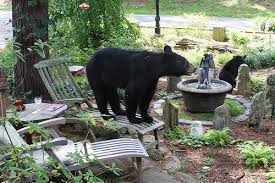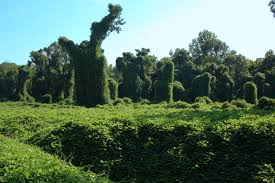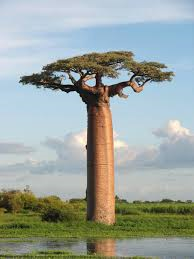Overview
Biologists refer to “biodiversity” as the different types of organisms that exist in an ecosystem, species, or variety of genetic information. Many different types of plants, animals, and protists are essential to a healthy environment. Biodiversity is threatened by activities that lead to species endangerment or extinction.
Alterations to Habitat
If the habitat of plants or animals is altered, not as many of them may be able to survive. For example, urban development results in land covered in asphalt, so that the natural ecosystem is destroyed. If some land is left undeveloped, such as in a park or even as vacant lots, the prior ecosystem will be fragmented. Organisms may live in those areas left wild, but there is less space for them, so only a few remain. For example, bears, cougars, and other wild animals are displaced to wilderness when houses are built in remote areas. The strongest venture back into suburban neighborhoods, attracted by food scraps, small pets, and other new sources of food and water. Some types of animals can be hunted for their fur, meat, or other desirable body parts, to the extent that they are endangered or extinct.
Pollution
Air, water, and soil pollution poison the environment, because toxic compounds form to replace nutrients that organisms need to survive. Sometimes those toxic compounds accumulate in the plant or animal. Pesticides such as DDT were eventually banned because they did not break down, but were concentrated in the tissues of plants and the animals that ate them. Seabirds laid eggs with fragile shells that could not survive incubation.
Invasive Species
Invasive species are types of plants, animals, or protists that are not native to a particular habitat. They might be introduced into it accidentally or deliberately. These organisms are often harmless in their own habitat, because predators also live there that keep the population down. When they are transplanted to another area, they consume resources and often reduce the native population of a similar type of organism. The vine kudzu is native to China, where it dies back during cold winters. It is used as a starch food plant, as well as controlling erosion in poor soils. Kudzu was introduced to the United States as an ornamental plant in the late 1870’s. It is known as a noxious weed in the South as it smothers trees, undermines structures, and blocks the light for native plants.
Conservation
Many conservation efforts are geared to preserve biodiversity. Endangered species are protected in the United States, so that they are not hunted. Large areas of land, as well as marine environments, have been set aside, so that habitats can be preserved in parks, national forests, and marine sanctuaries. Species of plants and animals that provide unique ecosystems, such as the baobab tree in Madagascar, especially concern conservation biologists.
Interested in science tutoring services? Learn more about how we are assisting thousands of students each academic year.
SchoolTutoring Academy is the premier educational services company for K-12 and college students. We offer tutoring programs for students in K-12, AP classes, and college. To learn more about how we help parents and students in Atlanta, GA: visit Tutoring in Atlanta, GA




